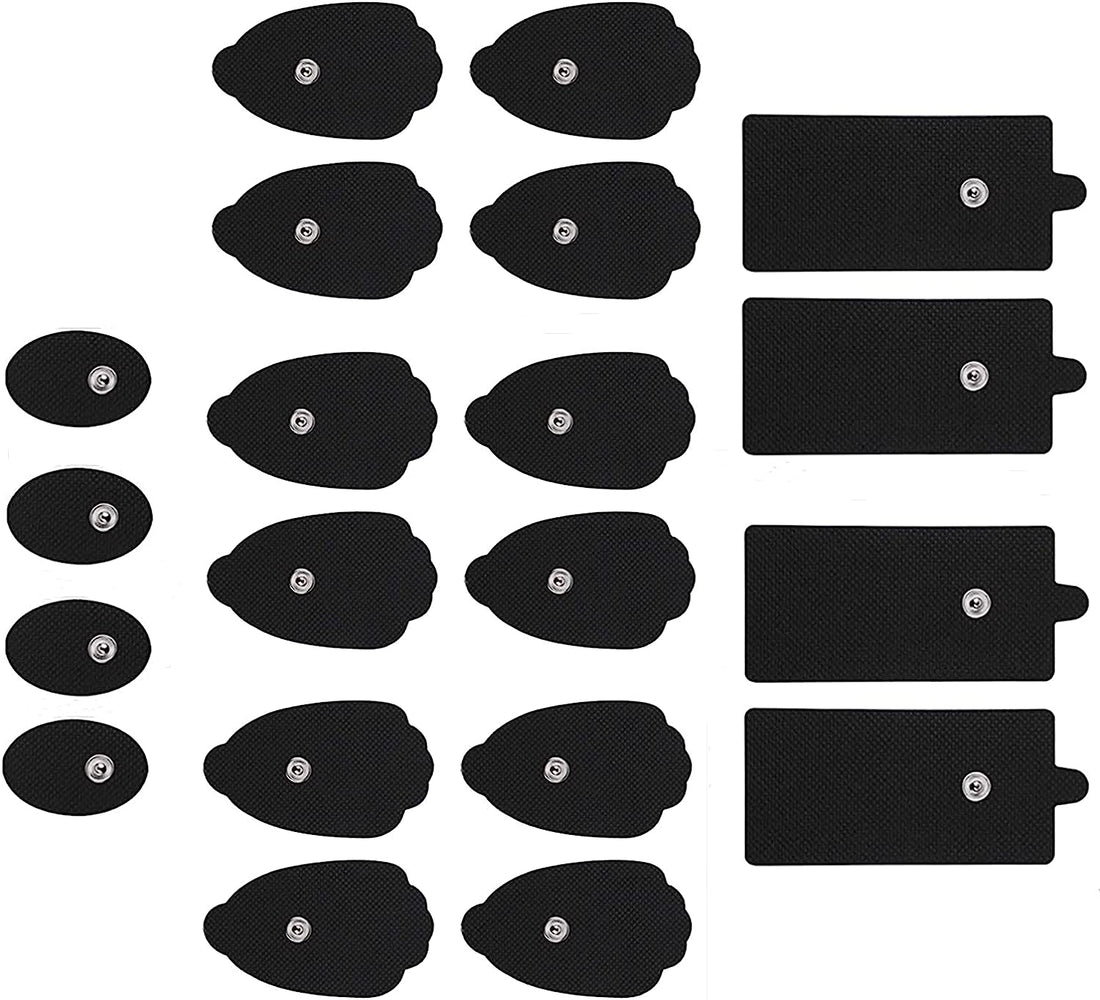TENS unit electrode patch electrotherapy efficacy

Transcutaneous Electrical Nerve Stimulation (TENS) units have gained popularity for their non-invasive approach to pain management. These devices work by sending electrical impulses through the skin to target specific nerves, providing relief from various types of pain. When using TENS units, the placement and quality of electrode patches play a crucial role in determining the effectiveness of the therapy.
Why is electrode patch placement important?
The placement of electrode patches directly impacts the targeted area and the effectiveness of the treatment. Proper placement ensures that the electrical impulses reach the intended nerves, providing optimal pain relief. Incorrect placement may result in reduced efficacy or discomfort for the user.
How to maximize the efficacy of electrode patches?
1. Clean the skin: Before applying the electrode patches, ensure that the skin is clean and free of any oils or lotions. Clean the area with mild soap and water, and dry thoroughly to improve the adhesion of the patches.
2. Positioning: Identify the specific area where you are experiencing pain and place the electrode patches around that area. Follow the instructions provided with your TENS unit for guidance on the optimal placement for different types of pain.
3. Secure placement: Make sure the electrode patches are securely attached to the skin to prevent them from moving during the therapy session. This will help maintain consistent contact with the skin and ensure the delivery of electrical impulses.
4. Replace regularly: Over time, the adhesive on the electrode patches may weaken, affecting their adhesion to the skin. Replace the patches as recommended by the manufacturer to maintain optimal contact and effectiveness.




